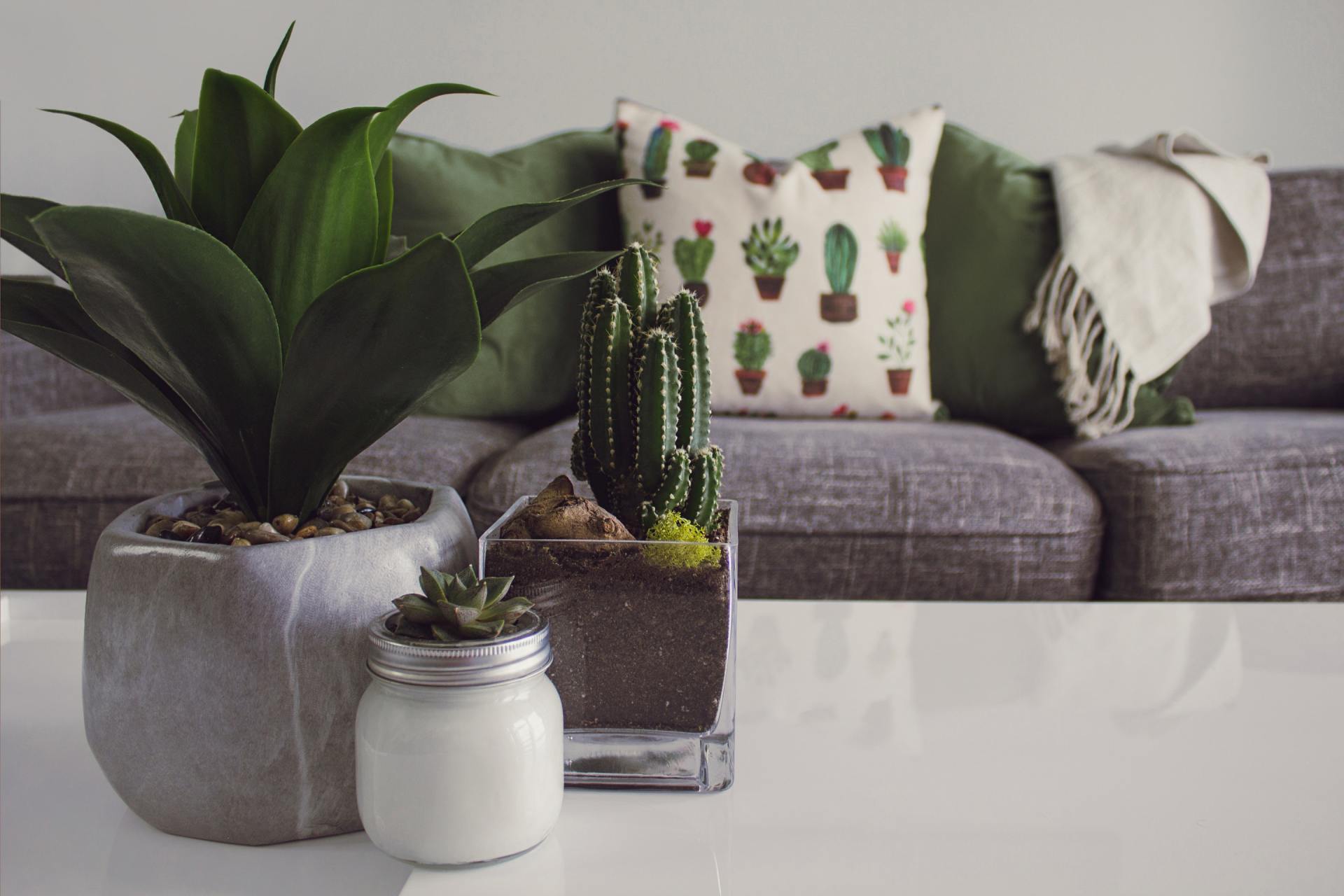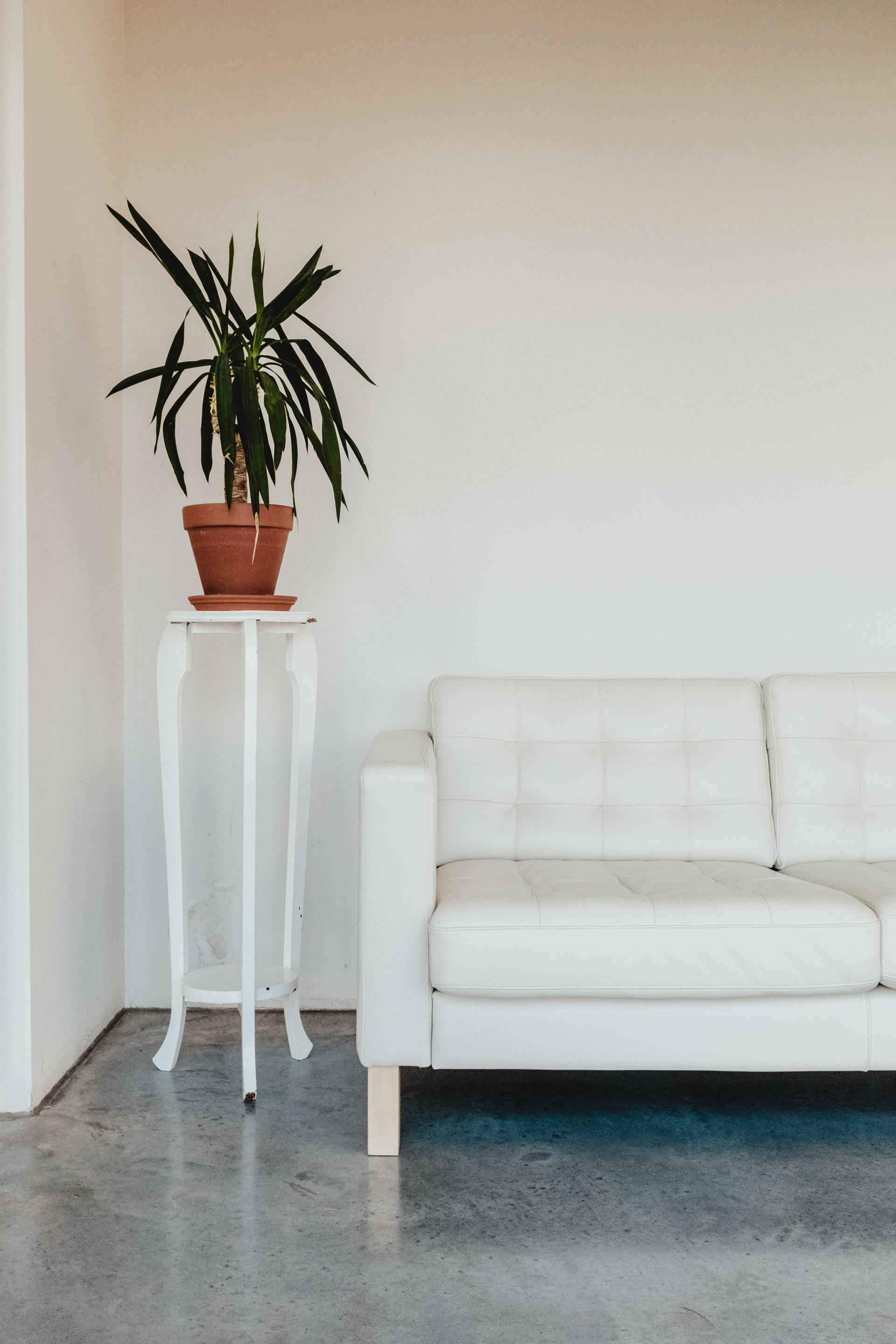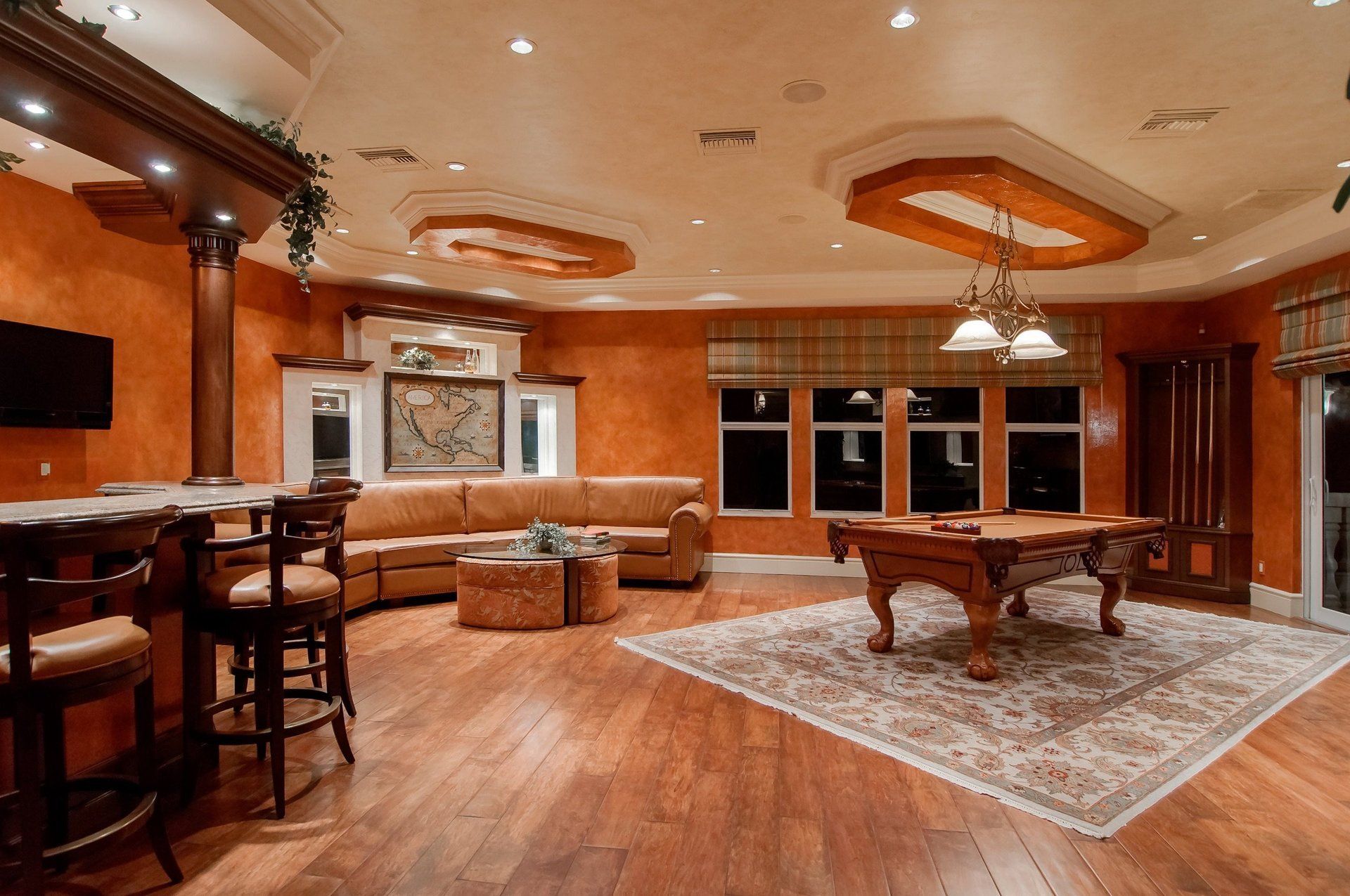Exterior Painting in Rockland County

Slide title
Write your caption hereButton
Slide title
Write your caption hereButton
Slide title
Write your caption hereButton
Slide title
Write your caption hereButton
Slide title
Write your caption hereButton
Exterior Painting in Rockland County
Signs You Need a New Exterior Paint Job
Nova Home Improvements is a painting contractor in Rockland County. We also focus on additions, kitchen renovations, bathroom renovations and flooring. We've been in business for nearly 30 years and have earned a reputation as a company that can be trusted to get the job done right, on time and on budget.
We do both interior and exterior painting in Rockland County and the surrounding area. We believe that keeping your home well-maintained is the best way to avoid costly repairs, and home painting is no exception.
The paint on the exterior of your home is subject to damage and deterioration from weather and the sun. The paint protects the exterior of your home from sun and weather damage. If the paint starts to flake and peel, it no longer protects the wood siding.
We strongly believe in preventative maintenance. Exterior paint in Rockland County is susceptible to the freeze-thaw cycle of our harsh winters. This can contribute to paint losing its grip on the surface it protects.
Other causes of paint flaking, cracking or peeling include moisture seeping through the walls from the interior, poor or inadequate preparation of the surface prior to repainting, or paint applied that has a consistency either too thick or too thin. Air temperatures too low or too high can also affect the ability of paint to adhere to the surface and remain there.
If the surface of your paint looks droopy or like the paint dried mid-drip, it is known as “sagging or running.” Likely causes include an overloaded or too heavy coat of paint was applied, or the paint was too thin. This can also occur when paint is applied in too cool of temperatures or high humidity. Another cause is the surface was not properly clean or prepared when painted.
If you've ever seen exterior painting in Rockland County that is cracked so much it looks like alligator skin, the most likely cause is the second coat of paint. If the first coat or primer was not completely dried when the second coat is added, “alligatoring” can occur. Another cause of this problem is the second coat of paint is not compatible with the existing coat. A hard oil enamel or glossy paint applied over a latex paint can also be the culprit.
Black, brown, green or gray blotchy spots on the surface are signs of a mildew infestation. This is caused by poor ventilation or no direct sunlight on the surface. Other causes of mildew are bare wood that is painted without a primer, a low-quality paint not containing an ingredient that kills mildew, or existing mildew not removed before repainting.
Peeling paint is an adhesion issue and is characterized by large areas of paint separating from the surface. It is caused by inadequate preparation of the surface before painting, low-quality paint, or applying oil-based paint onto a wet surface.
Peeling paint that exposes the bare wood surface is usually due to external moisture issues. Old or missing caulk, faulty gutters and missing ventilation, which all allow water to penetrate the surface, are a few causes. Other causes include the painted surface is too close to the ground, or the surface contained water from rain or condensation when paint was applied.
Moisture that originates from behind the painted surface also causes peeling. The most likely cause is interior moisture from bathrooms, kitchens, wet basements or hot tubs. Once the surface of the paint breaks, external moisture will seep in and add to the problem. This problem is shown by gentle cracking and peeling of the paint from the surface.
Paint applied in direct sunlight may dry too fast to remain stuck over time. It can cause blistering, which causes small or medium bubbles or blisters just beneath the surface of the paint. Most commonly seen on trim and wood siding, it is caused by paint drying too quickly, which traps the vapors beneath the surface. Low-quality paint and inadequate preparation of the surface are other causes of blistering.
Paint failing on masonry is called “efflorescence.” It is characterized by deposits on the masonry that look like crusty salt that bubble up through the paint. Salts in the masonry, which dissolve when exposed to excessive moisture, are the root of this problem. Efflorescence occurs when the surface was not properly prepared before the home painting process or excessive moisture moved through the walls from the interior. Another cause is penetration of groundwater into the basement. Finally, poor tuckpointing or cracks in masonry allow water to seep in behind the wall and cause efflorescence.
Call Nova Home Improvements, the premier painting contractor in Rockland County. We care about the look and longevity of your painting project as if it were on our own property. We're happy to work with you to plan the best and most affordable painting job for your home or business. Contact us today for a free estimate.
Thank you for contacting us.
We will get back to you as soon as possible.
We will get back to you as soon as possible.
Oops, there was an error sending your message.
Please try again later.
Please try again later.
